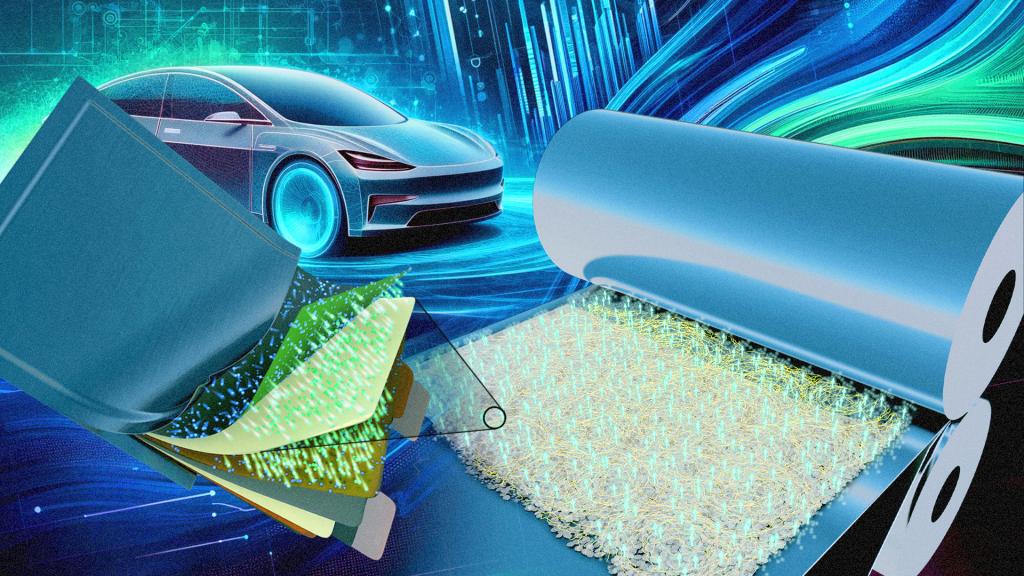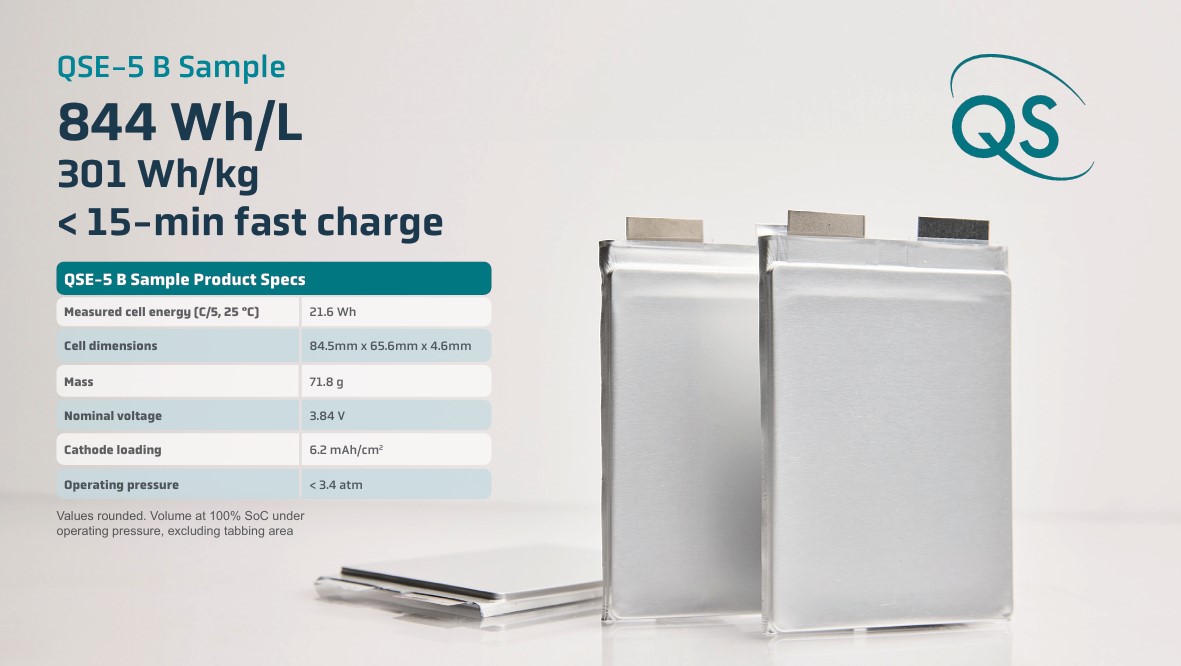Recently, the Oak Ridge National Laboratory (ORNL) announced that its researchers have prepared a thin, flexible sulfide solid electrolyte with optimized solid electrolyte binders, which can increase the energy density of batteries to 500 Wh/kg.
 Image source: ORNL
Image source: ORNL
Guang Yang from Oak Ridge Laboratory stated that the current achievement can at least double the stored energy, reaching 500 watt-hours per kilogram. The main motivation for developing solid electrolyte films of 30 microns or thinner is to pack more energy into lithium-ion batteries, so that electric vehicles, laptops, and smartphones can run for longer periods on a single charge.

The goal of this study was to find the “Goldilocks” spot — a film thickness just right for supporting both ion conduction and structural strength.
Current solid electrolytes use plastic polymers that conduct ionic charges, but their conductivity is much lower than that of liquid electrolytes. Sometimes, polymer electrolytes are mixed with liquid electrolytes to enhance their performance.
Researchers found that the molecular weight of the polymer binder is crucial for manufacturing durable solid electrolyte thin films. Films made with lightweight binders have shorter polymer chains, lacking the strength to maintain contact with the electrolyte material. In contrast, films made with heavier binders have longer polymer chains, offering greater structural integrity. Moreover, fewer long-chain binders are required to make well-conducting ionic films.
“We want to minimize the polymer binder because it does not conduct ions,” Yang said. “The binder’s only function is to lock the electrolyte particles into the film. Using more binder improves the film’s quality but reduces ion conduction. Conversely, using less binder enhances ion conduction but compromises film quality.“
Guang Yang collaborated with Jagjit Nanda, Executive Director of the SLAC Stanford Battery Center and a Distinguished Inventor at Battelle, to design the experiments for this study and oversee the project's ongoing. Guang Yang was recently recognized by the U.S. Department of Energy's Advanced Research Projects Agency-Energy (ARPA-E) as a scientist likely to successfully transform innovative ideas into impactful technologies.
The project also received assistance from several researchers. Graduate student Anna Mills from the FAMU-FSU College of Engineering, who focuses on nanomaterial synthesis, tested the film using electrochemical impedance spectroscopy and performed critical current density measurements. Daniel Hallinan from Florida State University provided advice on polymer physics. Summer intern Ella Williams from Freed-Hardeman University helped with the manufacturing and evaluation of electrochemical cells.
At the Nanophase Materials Sciences Center, a U.S. Department of Energy Office of Science user facility at Oak Ridge Laboratory, Yi-Feng Su and Wan-Yu Tsai conducted scanning electron microscopy and energy-dispersive X-ray spectroscopy to characterize the elemental composition and microstructure of the film. Sergiy Kalnaus, also from Oak Ridge Laboratory, used nanoindentation to measure local stress and strain on its surface and applied theory to understand the results. Xueli Zheng and Swetha Vaidyanathan from SLAC National Accelerator Laboratory conducted measurements at the Stanford Synchrotron Radiation Lightsource to reveal the morphology of cathode particles.
The research team is currently establishing a low-humidity area dedicated to sulfide research to expand their 7000 square foot ORNL laboratory space, in order to prevent contamination of sulfides to other materials. Eight glove boxes specifically for this work have been adopted. The team will construct a device capable of integrating this solid film into the next generation of anodes and cathodes for testing under actual battery conditions. They also plan to collaborate with researchers from industry, academia, and government to develop and test the film in other devices.



 Image source: ORNL
Image source: ORNL



